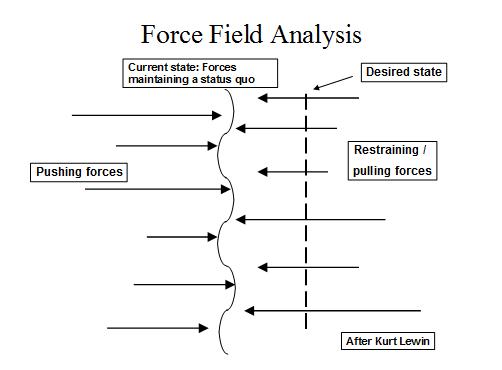There is a very close relationship between change and human attitudes. Every individual reacts to the change according to their individual attitude. Human reaction to change does not depend upon logic. Generally, depends upon how a change will affect ones needs and satisfaction in the organization. Attitudes are very important in determining the resistance to change.
Read: Planned Organizational Change Process
The employees reaction to organization change any occur in any of the following forms,
1. AcceptanceAcceptance of the change depends on the perception of the employees towards the change. So, all the changes are not necessarily restricted. If an employee perceives that the change will affect his/her favorably, then he/she will accept the change.… Read the rest
